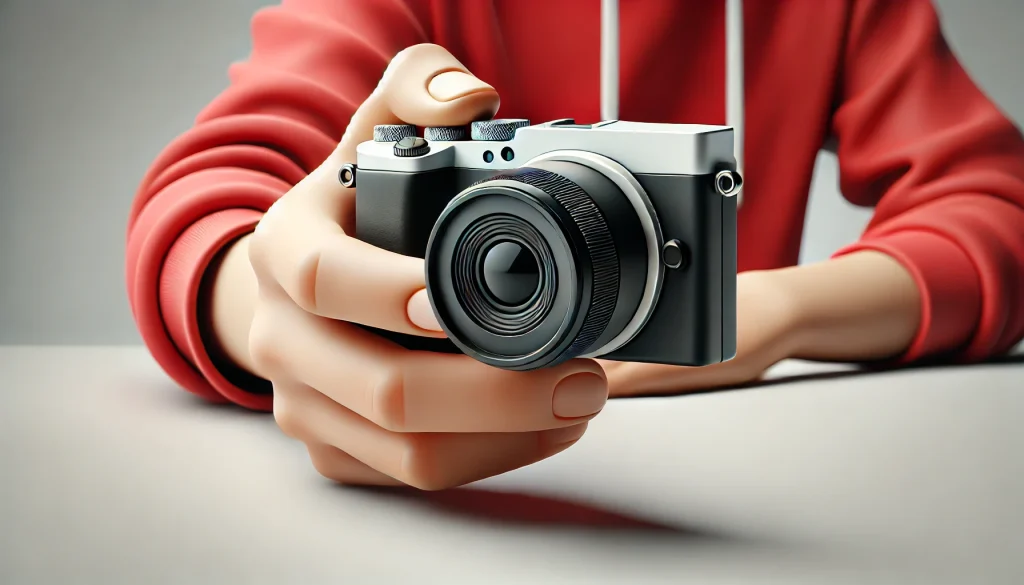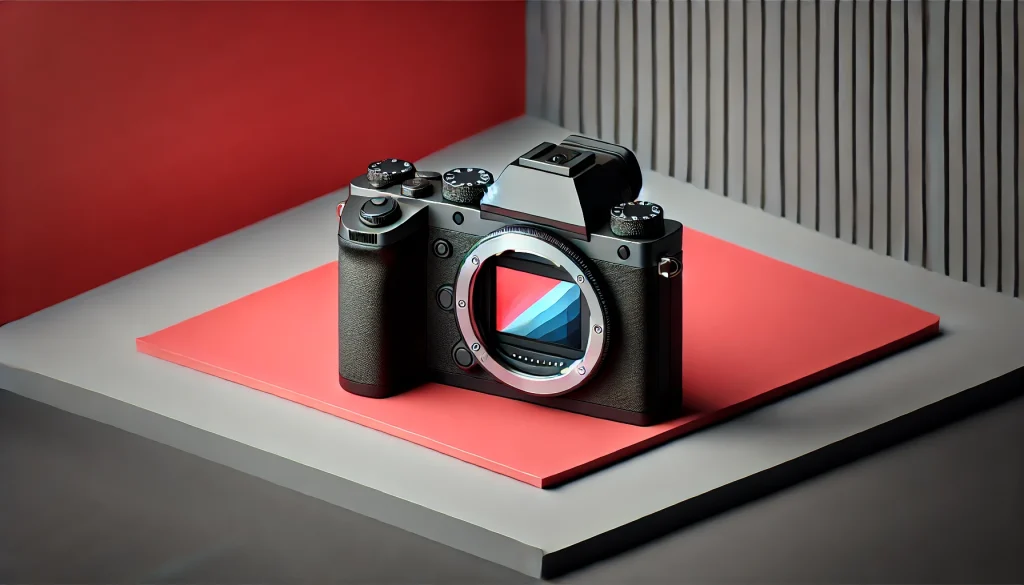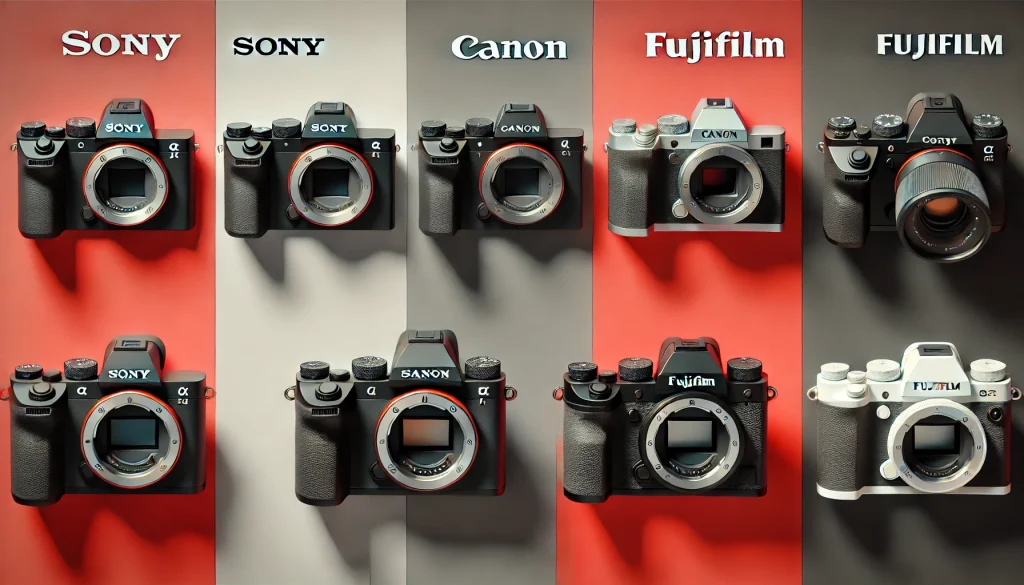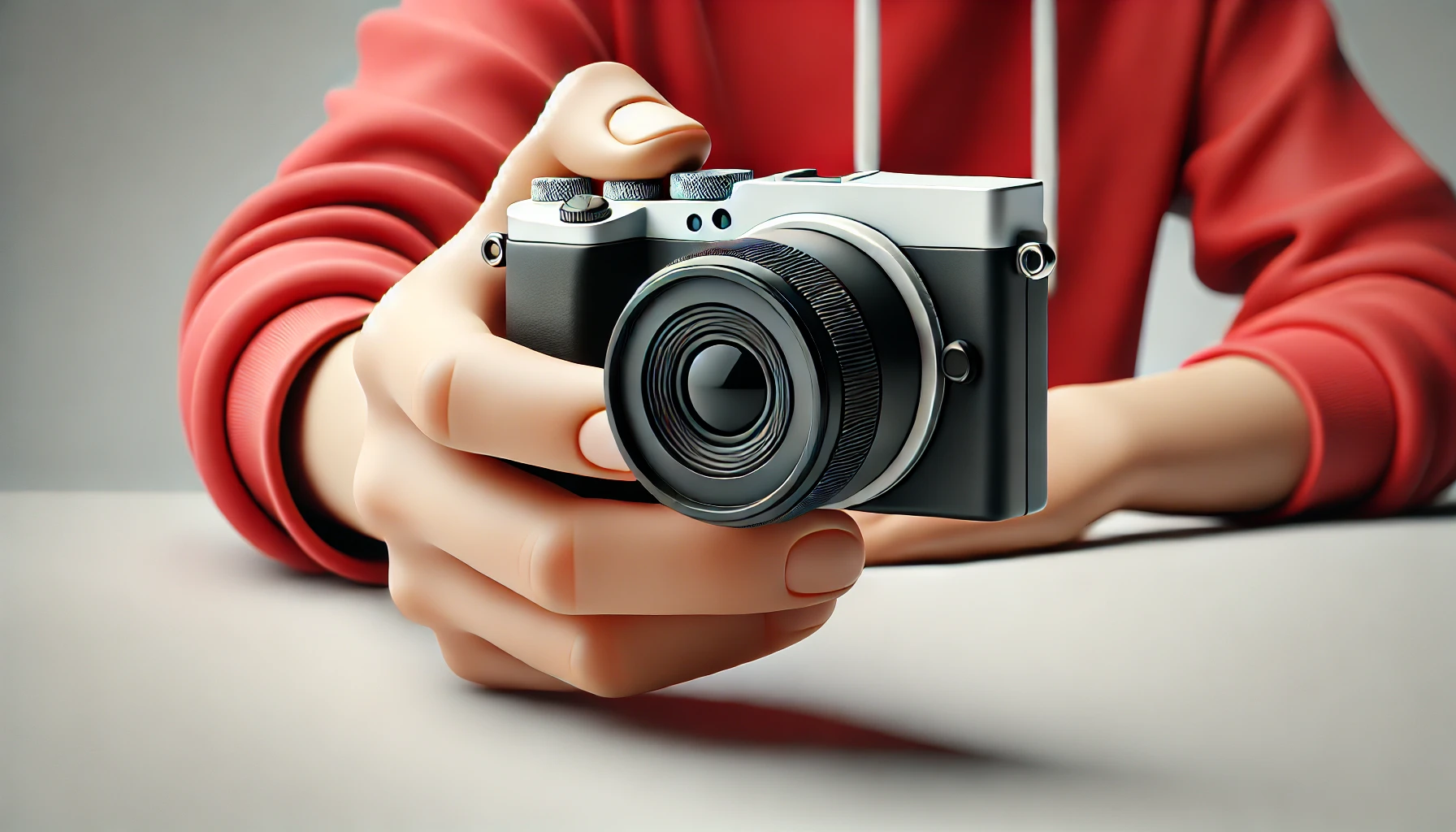
Mirrorless cameras are changing the landscape of photography. Known for their compact size and cutting-edge features, these cameras are quickly becoming the preferred tool for both professionals and enthusiasts. As more photographers make the switch from bulky DSLR systems, the lightweight and efficient design of mirrorless cameras offers a fresh way to shoot. Their fast autofocus, real-time exposure previews, and advanced video capabilities are perfect for everything from travel photography to professional video production. With brands like Sony, Canon, and Fujifilm leading the charge, the shift to mirrorless is transforming the industry. In this blog, we’ll explore what makes mirrorless cameras special, why they are the future of photography, and how they outperform their DSLR counterparts in many areas.
What is a Mirrorless Camera?
A mirrorless camera is a type of digital camera that doesn’t use a reflex mirror like DSLRs. In traditional DSLR cameras, light enters through the lens, bounces off a mirror, and reaches an optical viewfinder. Mirrorless cameras skip the mirror entirely. Light goes directly from the lens to the image sensor, which displays the image on an electronic viewfinder (EVF) or an LCD screen. This streamlined design eliminates the bulky mirror mechanism, allowing the camera to be smaller and lighter.
Mirrorless cameras have become known as “compact system cameras” or “mirror-free cameras” because of their reduced size. They offer real-time previews of exposure, white balance, and other settings through the EVF or LCD, allowing photographers to adjust settings on the fly and see exactly how the photo will turn out. This feature makes mirrorless cameras incredibly efficient for modern photographers.
How Mirrorless Cameras Work

Mirrorless cameras function by sending light directly from the lens to the image sensor. Unlike DSLRs, they do not need a mirror or an optical viewfinder to show what the lens sees. Instead, the image is digitally displayed on an electronic viewfinder or an LCD screen. This lack of a mirror reduces the camera’s size and weight, making mirrorless cameras much easier to carry and handle, especially for travel photographers or those who need to shoot on the go.
The electronic viewfinder (EVF) is a key feature of mirrorless cameras. It provides real-time feedback on how changes to exposure, white balance, or ISO will affect the final image. This live preview helps photographers fine-tune their settings before taking a shot. The EVF also eliminates any lag in viewing the image, ensuring accuracy.
Mirrorless cameras are also known for their silent shooting capabilities. Since there’s no mechanical mirror to flip up and down, these cameras can operate without noise, making them ideal for quiet environments like weddings, wildlife photography, or concerts where sound could disturb the moment.
Additionally, fewer mechanical parts mean less wear and tear on mirrorless systems, which can contribute to longer camera lifespan and fewer maintenance issues over time. Popular models such as the Sony Alpha a7 series and the Canon EOS R series have capitalized on these strengths, offering faster shooting speeds and more advanced autofocus systems. These technological advancements make mirrorless cameras perfect for action shots, sports, or capturing fast-moving subjects.
Key Benefits of Mirrorless Cameras
| Benefit | Explanation |
|---|---|
| Compact size | Mirrorless cameras are smaller and lighter due to the absence of the mirror mechanism. |
| Faster continuous shooting | Lack of mechanical parts allows for higher frame rates and faster shooting performance. |
| Real-time exposure preview | The electronic viewfinder or LCD provides real-time feedback on exposure and settings. |
| Silent shooting | The absence of a mirror makes mirrorless cameras much quieter, ideal for events or wildlife. |
Mirrorless cameras offer a range of benefits that appeal to both casual photographers and professionals. Their compact design, fast shooting speeds, and ability to silently capture moments make them incredibly versatile tools in the field.
Mirrorless vs DSLR: Why Mirrorless is the Future
The shift from DSLRs to mirrorless cameras is driven by a few key factors. Portability is one of the biggest advantages. Mirrorless cameras are smaller and lighter than DSLRs because they don’t have a bulky mirror mechanism. This makes them perfect for travel photographers who need to pack light or street photographers who want a discreet camera that doesn’t draw attention.
Another reason mirrorless cameras are the future is their superior video capabilities. Many mirrorless models, such as the Sony Alpha a7S III, offer 4K or even 8K video recording, paired with fast and accurate autofocus. For content creators, vloggers, or videographers, mirrorless cameras have become the go-to option because of their high-quality video features.
Autofocus technology in mirrorless cameras is another area where they outshine DSLRs. Most mirrorless cameras use phase detection and contrast detection autofocus systems, making them faster and more accurate in tracking moving subjects. This makes them perfect for sports, wildlife, or event photography where precision is key.
While DSLRs are still valued for their long battery life and optical viewfinders, mirrorless cameras continue to evolve and dominate as the choice for photographers who need cutting-edge technology in a compact form.
Leading Mirrorless Cameras and Brands

Several brands are leading the way in mirrorless camera technology. Sony has revolutionized the industry with its Alpha a7 and Alpha a9 series, offering full-frame sensors and unmatched autofocus systems. These cameras are favored by professionals for their image quality and versatility in both photography and videography.
Canon has also made a significant impact with its EOS R series. Known for high-resolution sensors and superior color accuracy, Canon’s mirrorless cameras have become a favorite among portrait and event photographers. The Canon EOS R5, in particular, stands out for its ability to shoot 8K video.
Fujifilm offers mirrorless cameras that appeal to photographers who appreciate retro design combined with modern features. Models like the Fujifilm X-T4 are loved for their build quality, unique film simulation modes, and excellent image stabilization.
Best Uses for Mirrorless Cameras in Professional Photography
Mirrorless cameras excel in several areas of professional photography, making them a versatile choice for various genres.
- Travel Photography: Mirrorless cameras are ideal for travel photographers because of their lightweight and compact design. Their portability allows for easy carrying on long trips, hikes, or when navigating crowded cities. Despite their smaller size, they deliver high-quality images and can handle a variety of shooting conditions.
- Vlogging and Video Production: Mirrorless cameras have become the standard for content creators and videographers. Models like the Sony Alpha a6400 feature fast autofocus, 4K video, and flip-out screens that make filming yourself easy. Mirrorless systems’ video capabilities, combined with their portability, make them the perfect tool for creating video content on the go.
- Street Photography: The silent shooting mode and compact size of mirrorless cameras make them perfect for capturing candid moments in public spaces. Photographers can blend into the crowd and shoot without drawing attention. The fast autofocus and real-time previews ensure that they never miss a shot.
Conclusion
Mirrorless cameras are transforming the photography world, offering portability, superior technology, and advanced features that appeal to both professionals and enthusiasts. With their compact size, real-time exposure previews, and excellent video capabilities, mirrorless cameras are quickly outpacing traditional DSLRs in many areas. As brands like Sony, Canon, and Fujifilm continue to innovate and push the boundaries of what these cameras can do, it’s clear that mirrorless technology is the future of compact photography. Whether you’re a travel photographer, a vlogger, or just someone looking to capture the perfect candid moment, mirrorless cameras provide all the tools you need in a smaller, more efficient package.
Resources
- TechRadar. Best Mirrorless Cameras
- Nikon. Why Go Mirrorless
- Adobe. Mirrorless Camera Overview
- Digital Camera World. What is a Mirrorless Camera?
- Digital Trends. What is a Mirrorless Camera?

Brijesh Gohil is the founder of Tech Brij, A popular Tech Blog which is focused on Tech tips & Buying Guides. You can follow him on Facebook, Twitter, Google + & LinkedIn.

